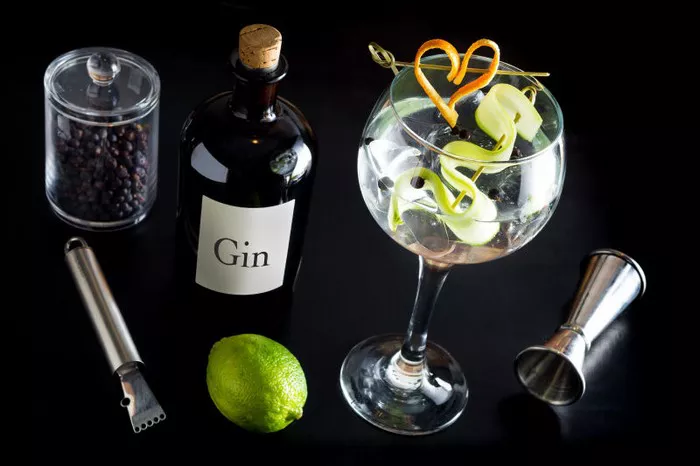When it comes to sparkling wines, two names often come to mind: Cava and Prosecco. While both are beloved for their effervescence and celebratory nature, they originate from different countries and are made using distinct methods, resulting in unique flavors and characteristics. In this article, we delve into the nuances of Cava and Prosecco, exploring their origins, production methods, flavor profiles, and how they differ to answer the question: is Cava the same as Prosecco?
Origins and Geographic Indications
To understand the differences between Cava and Prosecco, it’s essential to first consider their origins and geographic indications. Cava hails from Spain, primarily produced in the Catalonia region, with its production centered around the Penedès area. On the other hand, Prosecco originates from Italy, specifically the Veneto and Friuli Venezia Giulia regions in the northeastern part of the country.
Despite both being sparkling wines, the geographical distinction plays a significant role in shaping their identities and characteristics. Cava holds a Denominación de Origen (DO) status in Spain, while Prosecco is designated as a DOC (Denominazione di Origine Controllata) or DOCG (Denominazione di Origine Controllata e Garantita) in Italy. These designations signify adherence to specific production regulations and quality standards unique to each region.
Production Methods: Traditional vs. Charmat Method
One of the primary differences between Cava and Prosecco lies in their production methods. Cava is crafted using the traditional method, also known as the méthode champenoise or méthode traditionnelle, which involves secondary fermentation in the bottle. This intricate process contributes to the complexity and depth of flavors found in Cava.
In contrast, Prosecco is typically made using the Charmat method, also called the tank method or Metodo Italiano. This method involves conducting the secondary fermentation in stainless steel tanks rather than individual bottles. As a result, Prosecco tends to exhibit fresher, fruitier characteristics compared to Cava.
Grape Varieties and Flavor Profiles
Another distinguishing factor between Cava and Prosecco is the grape varieties used in their production, which significantly influence their flavor profiles. Cava is primarily crafted from indigenous Spanish grape varieties such as Macabeo, Parellada, and Xarel·lo, although international varieties like Chardonnay are sometimes used. These grapes contribute to Cava’s traditional blend, offering a spectrum of flavors ranging from crisp green apple to citrus and almond notes.
In contrast, Prosecco is predominantly made from the Glera grape, formerly known as Prosecco, which lends its name to the wine. The Glera grape imparts floral and fruity aromas to Prosecco, with prevalent notes of pear, apple, and peach. Some Proseccos may also feature small percentages of other local grapes like Bianchetta Trevigiana and Verdiso, further adding to the wine’s aromatic complexity.
See Also: Which is Drier: Chardonnay or Sauvignon Blanc
Terroir and Climate Influences
Terroir, encompassing factors such as climate, soil composition, and altitude, plays a crucial role in shaping the character of both Cava and Prosecco. The Mediterranean climate of the Penedès region in Spain, where many Cava vineyards are located, provides optimal conditions for grape cultivation. Warm summers and mild winters, coupled with well-drained soils, contribute to the balanced acidity and fruit expression found in Cava wines.
In contrast, the Prosecco-producing regions in Italy boast a cooler, continental climate influenced by the Adriatic Sea and the Alps. This climate, characterized by hot summers and cold winters, creates ideal conditions for the Glera grape to thrive, preserving its natural acidity while promoting the development of vibrant fruit flavors.
Classification and Quality Designations
Both Cava and Prosecco adhere to specific classification systems and quality designations established by their respective governing bodies. In Spain, Cava wines are categorized based on aging requirements, with designations such as Cava, Cava Reserva, and Cava Gran Reserva indicating different aging periods.
In Italy, Prosecco wines are classified into various categories based on sweetness levels and production methods. Prosecco Superiore DOCG wines, produced in the Conegliano-Valdobbiadene and Asolo regions using traditional methods, represent the pinnacle of Prosecco quality, offering superior complexity and finesse.
Pairing and Serving Recommendations
When it comes to pairing and serving Cava and Prosecco, their distinct flavor profiles offer versatile options for food and occasions. Cava’s crisp acidity and subtle complexity make it an excellent choice for pairing with a variety of dishes, including seafood, tapas, and charcuterie. It also shines as an apéritif or accompaniment to festive celebrations and gatherings.
Prosecco’s fruit-forward profile and effervescence complement lighter fare such as salads, antipasti, and delicate seafood dishes. Its versatility extends to cocktails, where it serves as a key ingredient in classics like the Bellini and Spritz. When serving Prosecco, opt for tulip-shaped glasses to enhance its aromatics and effervescence.
Conclusion: Embracing Diversity in Sparkling Wines
In conclusion, while Cava and Prosecco share commonalities as sparkling wines, they embody distinct identities shaped by their origins, production methods, grape varieties, and terroir. From the traditional méthode champenoise of Cava to the vibrant Charmat method of Prosecco, each wine offers a unique sensory experience reflective of its heritage and craftsmanship.
Whether you’re savoring the crisp elegance of Cava or indulging in the fruity effervescence of Prosecco, both wines invite enthusiasts to celebrate diversity and exploration in the world of sparkling wines. So, the next time you raise a glass, take a moment to appreciate the rich tapestry of flavors and traditions encapsulated in every sip, and ponder the question: is Cava the same as Prosecco?


